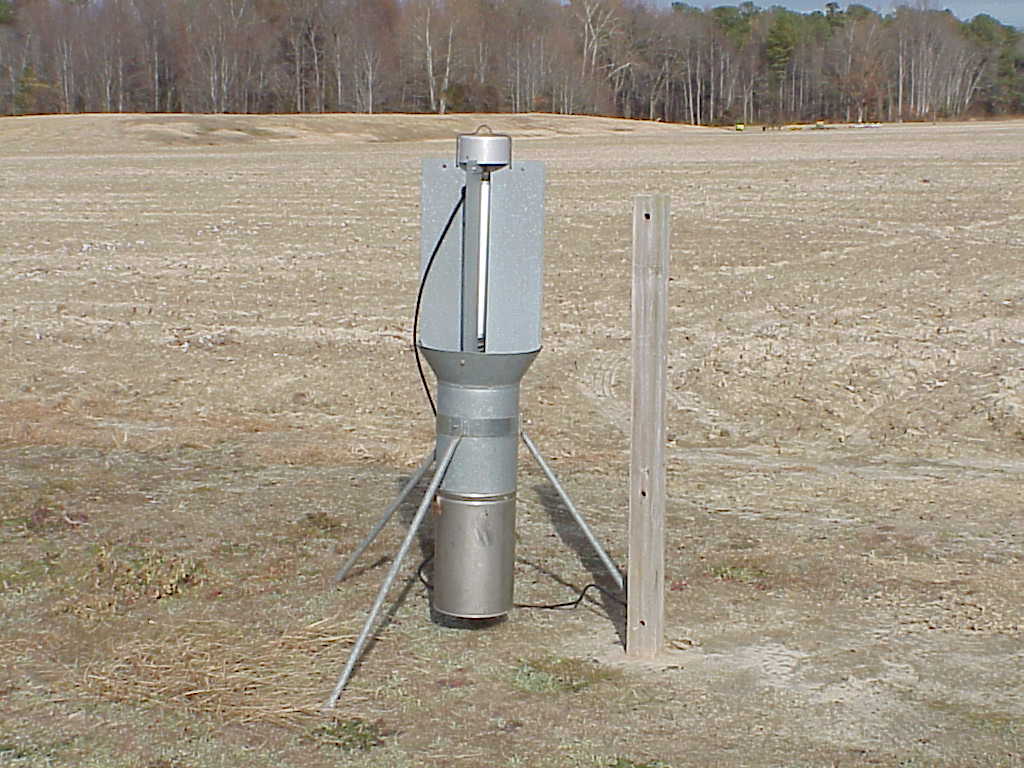Even though the first FSA crop acreage report for 2014 will be posted on August 15 (at http://www.fsa.usda.gov/FSA/webapp?area=newsroom&subject=landing&topic=foi-er-fri-cad), I know that several farmers in SE Virginia planted grain sorghum this year. For those and beyond,
here there are a couple updates to consider:
Depending on maturity, May planted hybrids are getting close to heading. Scouting for worms at this time and until hard dough is important. We recently found a relatively heavy corn earworm pressure in our “Official Variety Test” (OVT). Japanese beetle pressure also needs to be observed at this time as it may cause leaf damage for young plants. For both, Dr. Herbert recommended a mixture of Baythroid (2.8 oz) and Lannate (1.5 pt) in at least 15 gal of water for good penetration inside the whorls.
Double crop sorghum planted after wheat is probably no taller than 8 inches; still a good height for several herbicide options for broad leaf control. Grass and wheat volunteers can also be controlled but sorghum needs to be at least 15 inches tall. Details on herbicide options are at http://pubs.ext.vt.edu/AREC/AREC-29/AREC-29NP.html.
Sorghum is a crop and it should be treated as such. This includes knowledgeable soil sampling for pH and nutrient content, and treatment accordingly. Nutrient recommendations for sorghum can be found at http://www.soiltest.vt.edu/PDF/recommendation-guidebook.pdf.
My research group has been quite successful growing sorghum, full and double cropping, across SE Virginia. You can tour the 41 OVT hybrids we grow this year on September 11 during the Tidewater AREC Pre-harvest Field Tour. For details on this event ask Gail White at guwhite@exchange.vt.edu.



